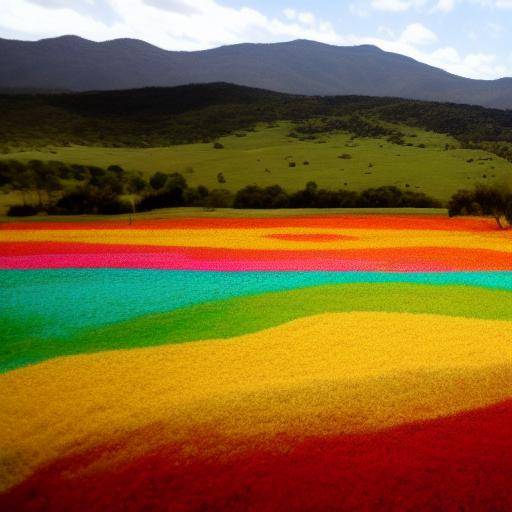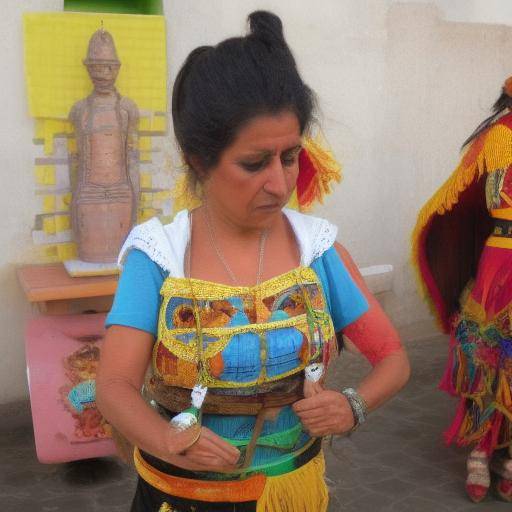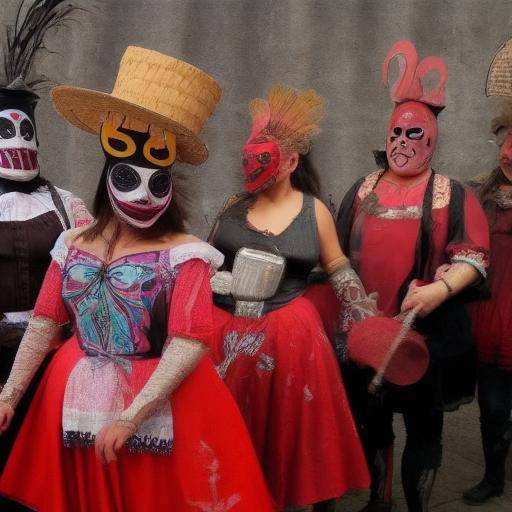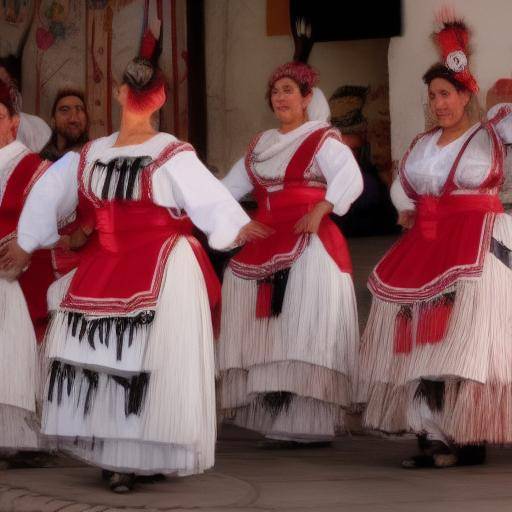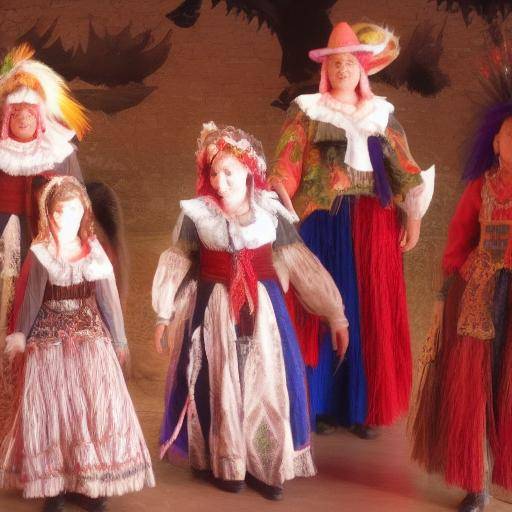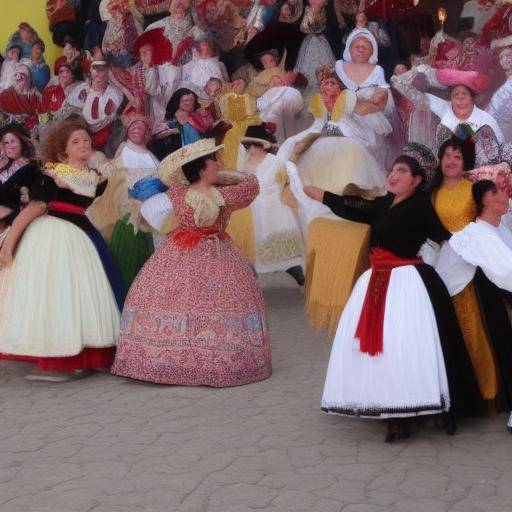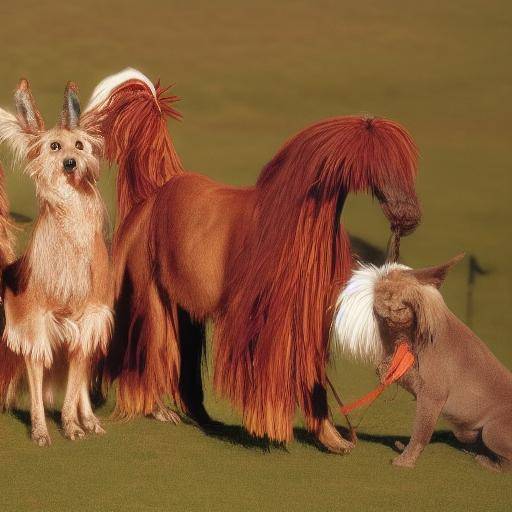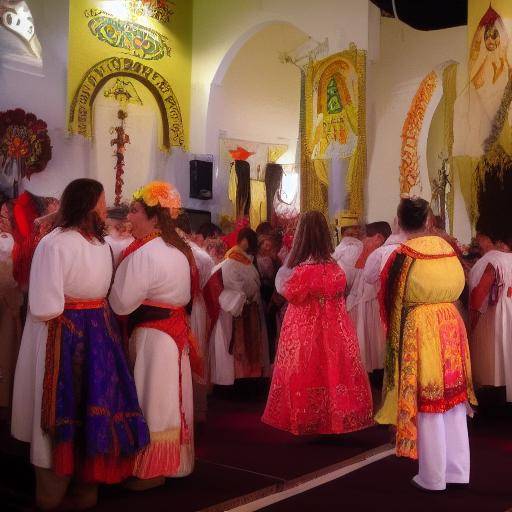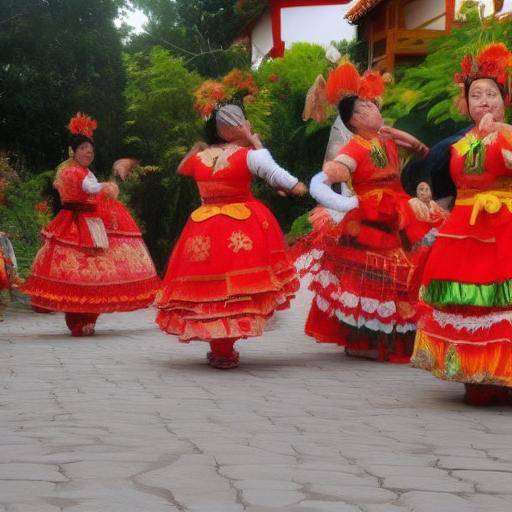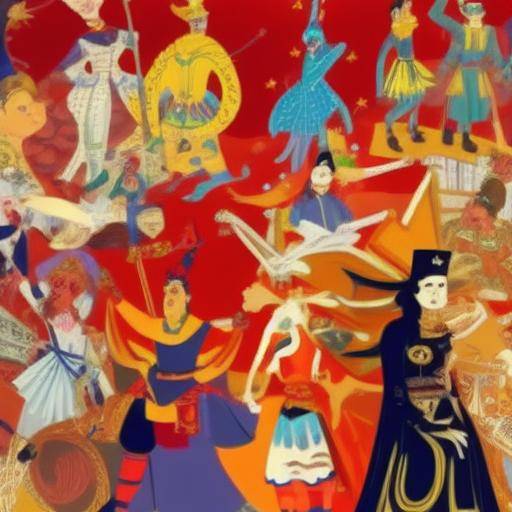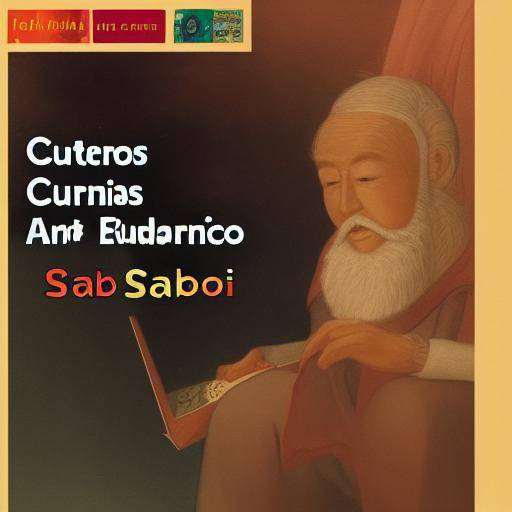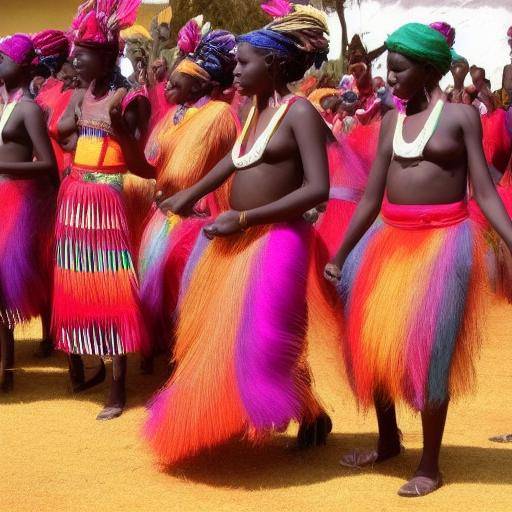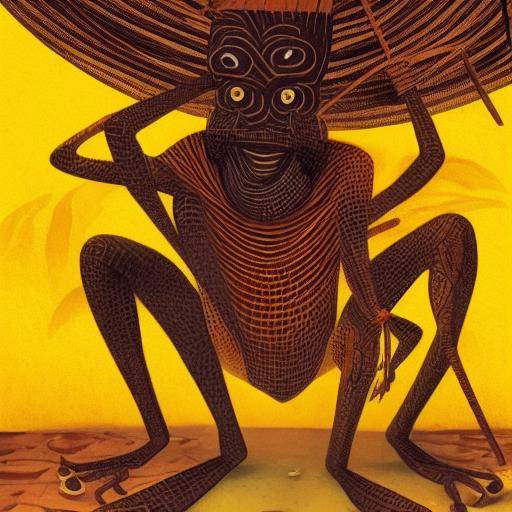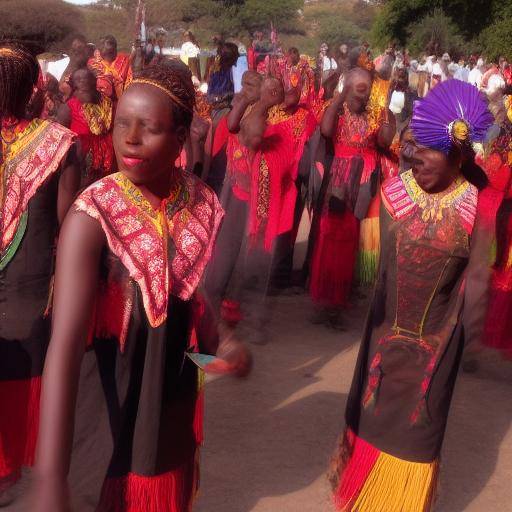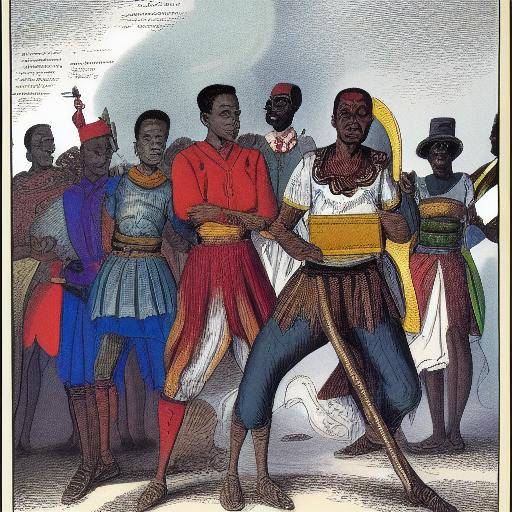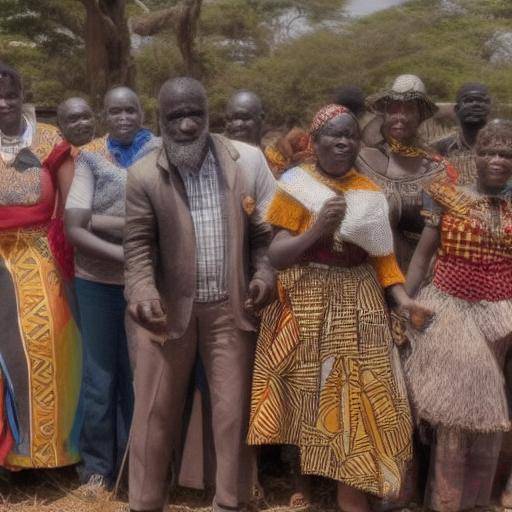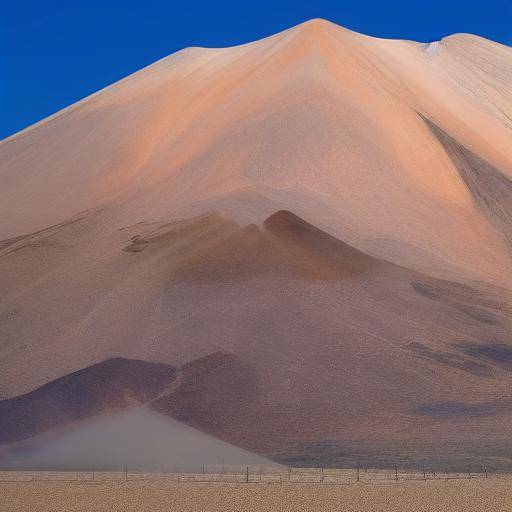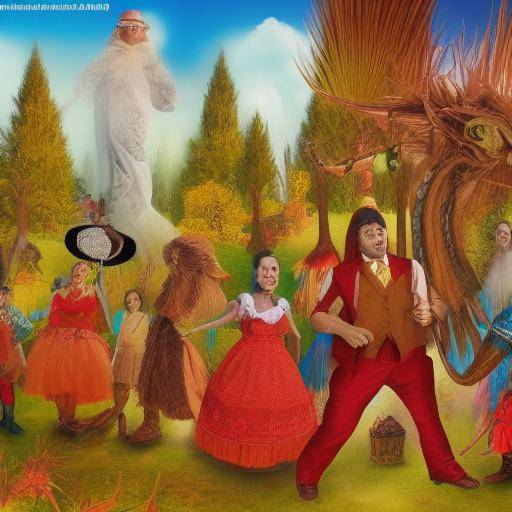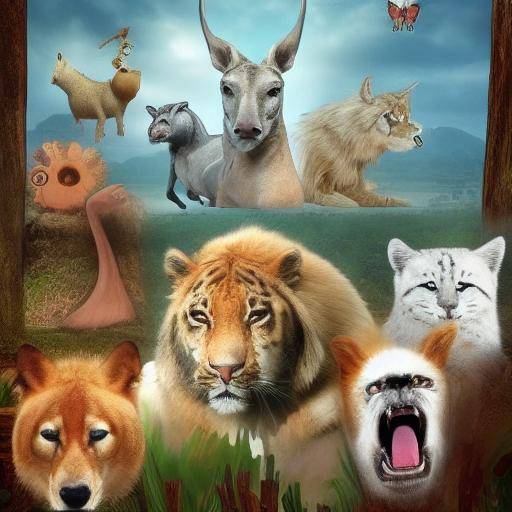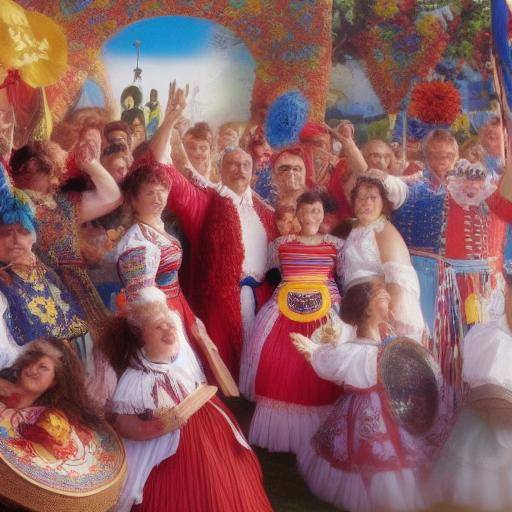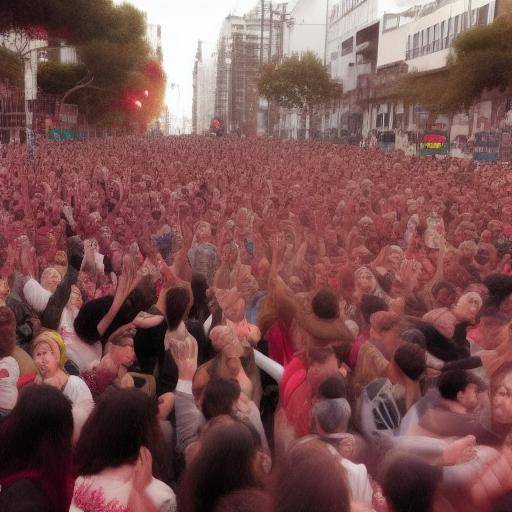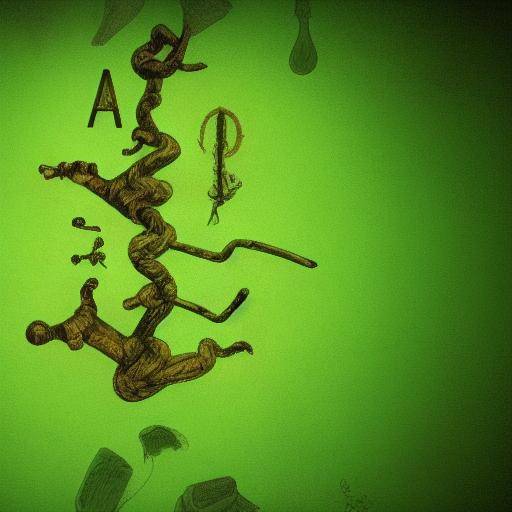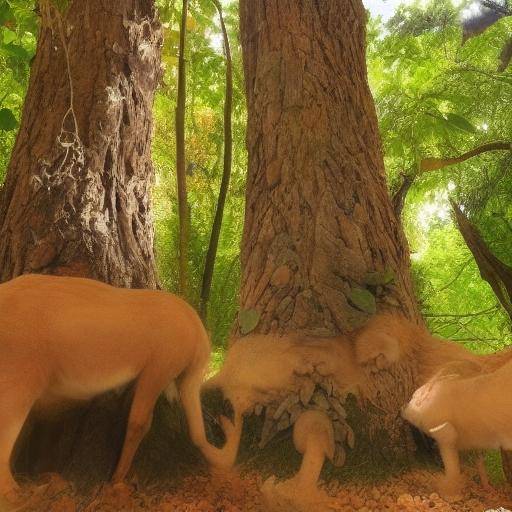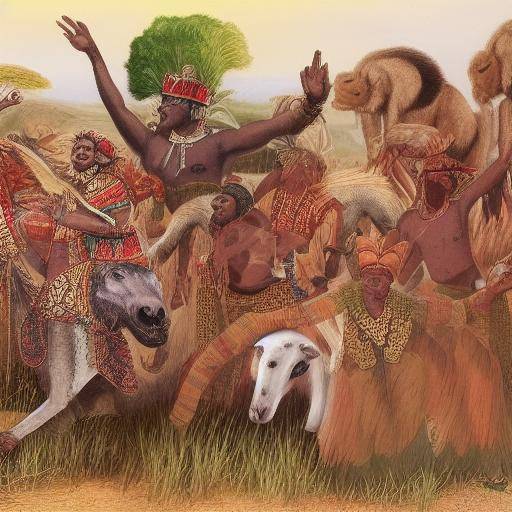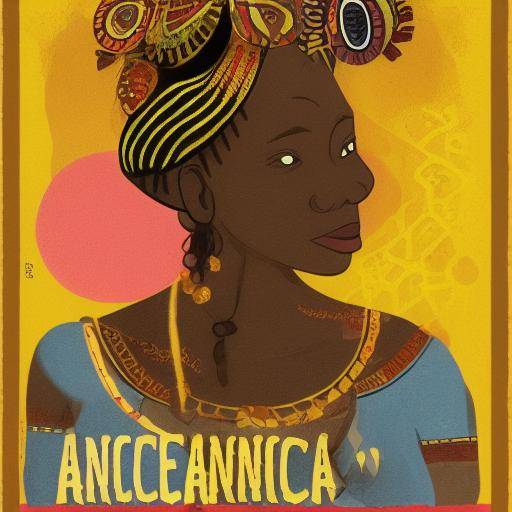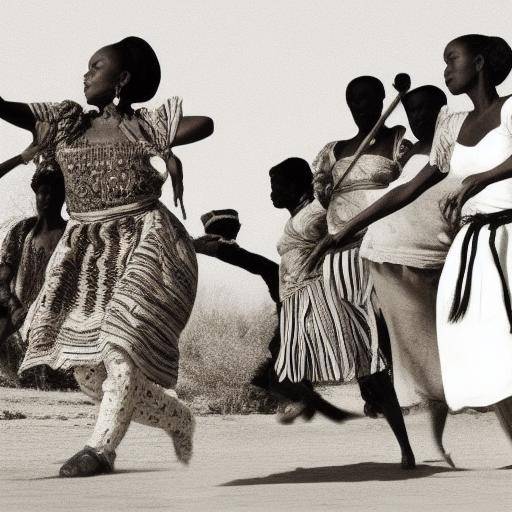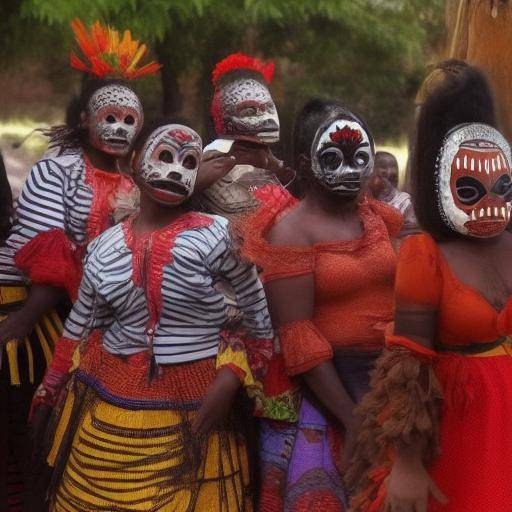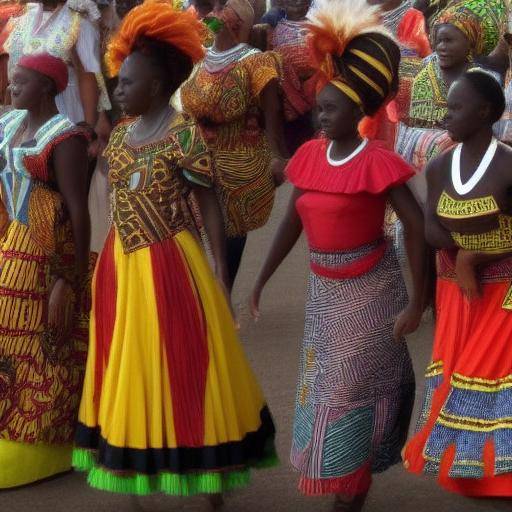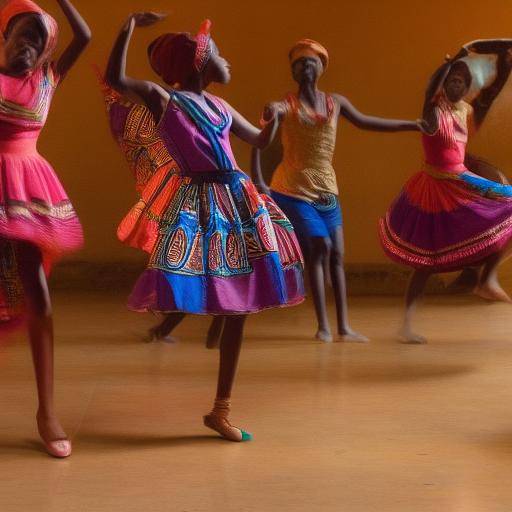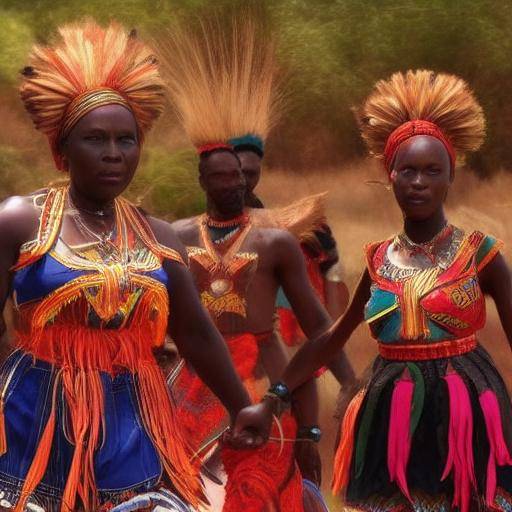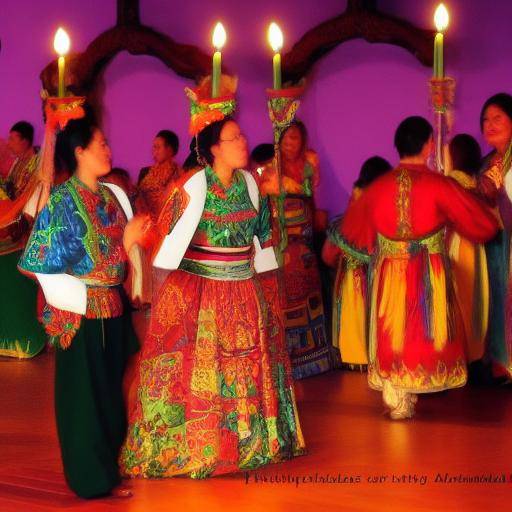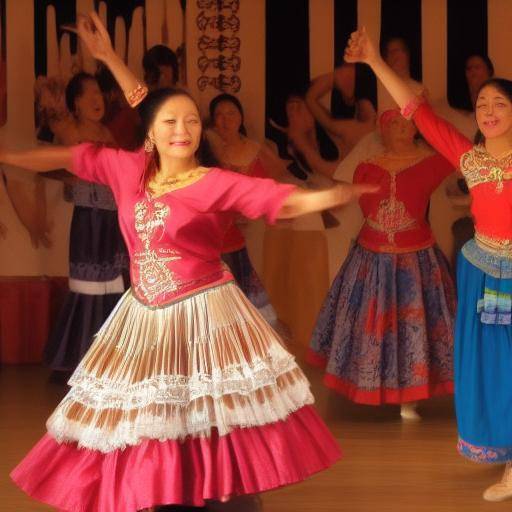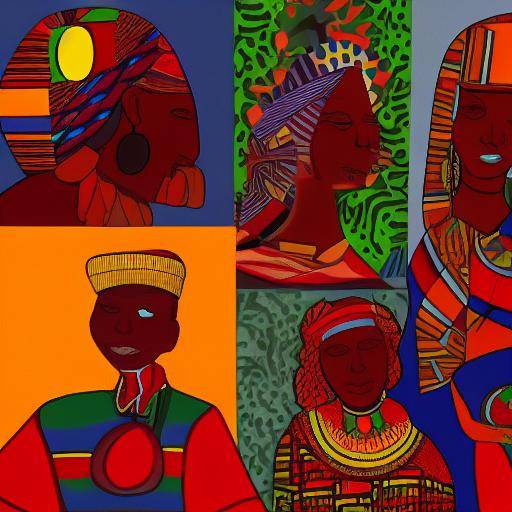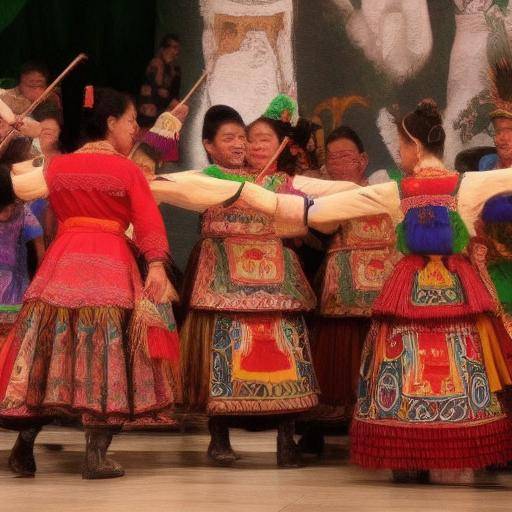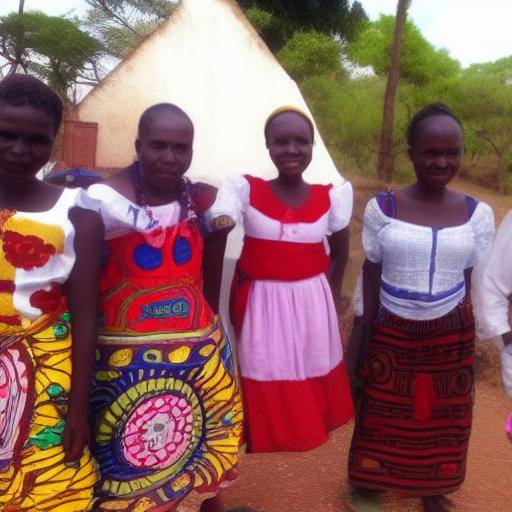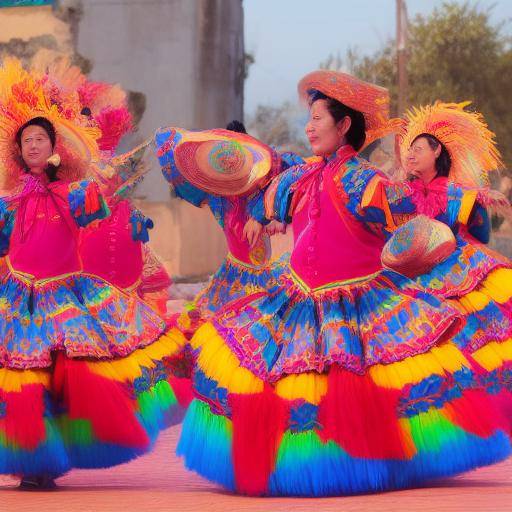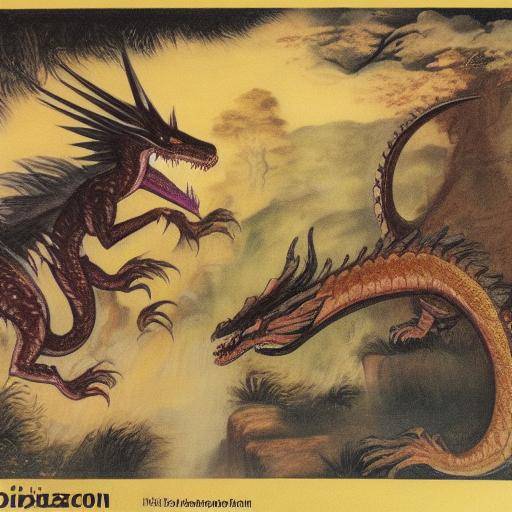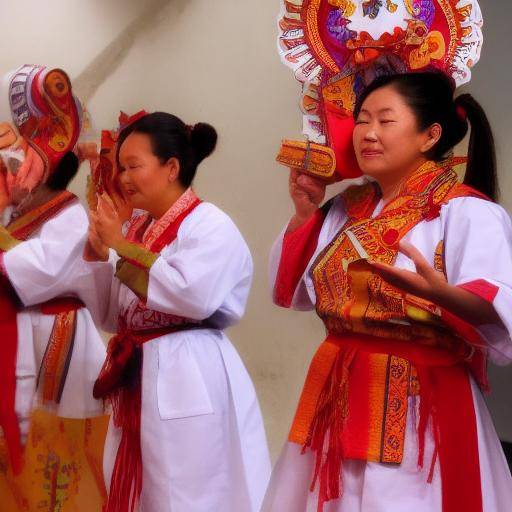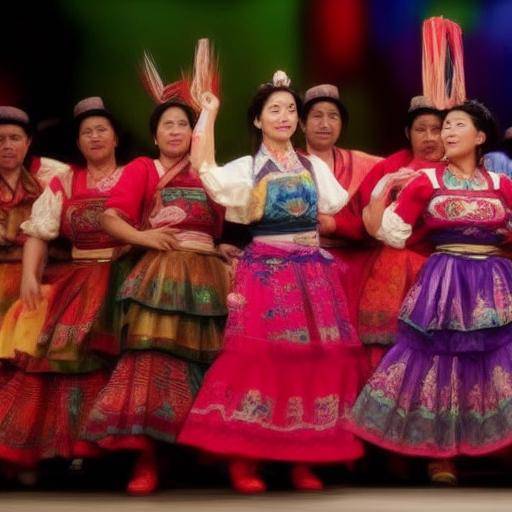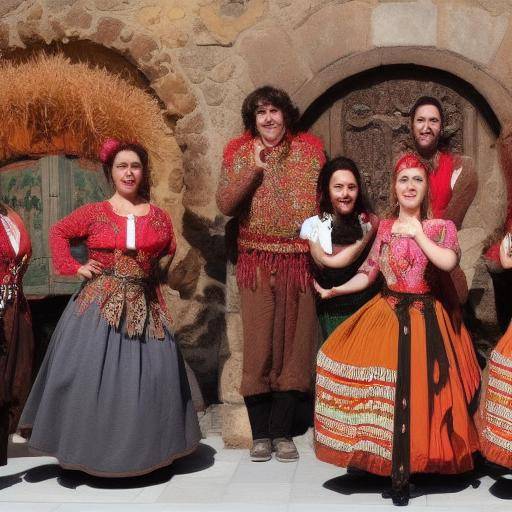
Introduction
The rich Scandinavian mythology is impregnated with powerful gods, fascinating mythical beings and traditions that have captivated generations. This article invites you to explore the fascinating world of Nordic gods, mythical beings and Scandinavian folklore. Discover the stories of heroes, legendary creatures and ancestral customs that have endured over time.
History and Origins
Scandinavian mythology is an indispensable part of the cultural heritage of the region. Its origins date back to the Viking era, where the stories of gods such as Odin, Thor and Loki intertwined with people's daily lives. The influence of these beliefs spread to all spheres of society, from maritime expeditions to agriculture. Scandinavian folklore is fundamental to understanding the mentality and cosmovision of these ancient peoples.
The Scandinavian gods were worshipped in temples and sacred spaces, and their presence manifested in nature itself. The epopeyas and epic accounts transmitted orally perpetuated the heroic deeds and exploits of the gods. The arrival of Christianity in the region marked a breaking point in the spread of these legends, although many of them managed to endure through oral and written tradition.
Scandinavian Gods: Power and Mythology
The Scandinavian gods make up a pantheon of deities with different attributes and roles. Among them, stands Odin, the father of all, associated with wisdom and war. Thor, the reckless protector of humanity, is known to grip his Mjolnir hammer to fight his enemies. For his part, Loki, the cunning and raging god of mischief, often unleashes chaos with his unpredictable mischiefs. These and other gods form a cast in which Nordic mythology is interwoven with a complex network of stories and myths.
Mythical Beings: North Fantastic Creatures
Scandinavian folklore is full of mythical beings that inhabit forests, mountains and deep seas. Among them are the giants, beings of colossal stature and decommon force that often defy the gods. On the other hand, elves and walnuts, creatures of great beauty and magic powers, form part of a mysterious kingdom that intertwines with that of men. The dwarfs, astute underground craftsmen, have forged legendary weapons that have played a crucial role in the Nordic epics.
Folklore: Costumes and Traditions
Scandinavian folklore covers a wide spectrum of customs, celebrations and beliefs rooted in everyday life. The festivities such as the winter solstice, known as Yule, or the ancient ceremonies in honor of the gods reflect an intrinsic connection between nature and the Scandinavian people. In addition, myths and legends about the creation of the world, the fate of the warriors fallen in battle and the struggle between good and evil form a rich legacy that transcends generations.
Legends that Perduran
Scandinavian legends and myths have transcended time and space, influencing literature, art and popular culture to date. Its impact has been reflected in masterpieces such as "Poetic Edda" and "Prosaic Edda", as well as in contemporary adaptations in cinema, television and fantastic literature.
Conclusion
The universe of gods, mythical beings and Scandinavian folklore offers an infinite range of magical and exciting stories that invite us to explore the depths of the human soul and the wonders of lanature. Nordic mythology is a fascinating legacy that deserves to be appreciated and preserved, reminding us of the roots of our cultural heritage and the richness of human creativity.
Frequently asked questions
1. What are some of the most important gods in Scandinavian mythology?
The most important gods include Odin, Thor, Freyja, Frigg, and Loki. Each has specific attributes and roles that influenced the Nordic worldview.
2. What mythical creatures stand out in Scandinavian folklore?
The most outstanding mythical creatures include giants, elves, dwarfs, valquiries and dragons, each with their own importance in the Nordic stories.
3. How did Scandinavian mythology influence the daily life of the ancient Nordic peoples?
Scandinavian mythology was intrinsically linked to daily life, from beliefs about nature to festivities and celebrations that honored the gods and mythical beings.
4. How has Scandinavian mythology influenced contemporary culture?
Scandinavian mythology has influenced multiple artistic expressions, from J.R.R. literature. Tolkien to the television series "Vikingos", showing its lasting relevance.
5. What is the importance of preserving Scandinavian folklore today?
Preserving Scandinavian folklore is fundamental to the understanding of Nordic identity and culture, as well as to appreciate the role of mythology in the configuration of ancient societies.
6. Where can more resources be found on Scandinavian mythology and folklore?
To deepen these topics, it is recommended to consult sources of trust such as museums, libraries specialized in Nordic mythology, as well as academic literature on this vast field of study.
With its historical depth, its diversity of characters and its impact on contemporary culture, Scandinavian mythology and Nordic folklore continue to be an inexhaustible source of inspiration and admiration. Dive into this magical universe and discover the fascinating worldview of the ancient peoples of the north.

